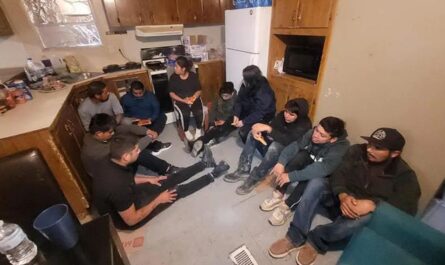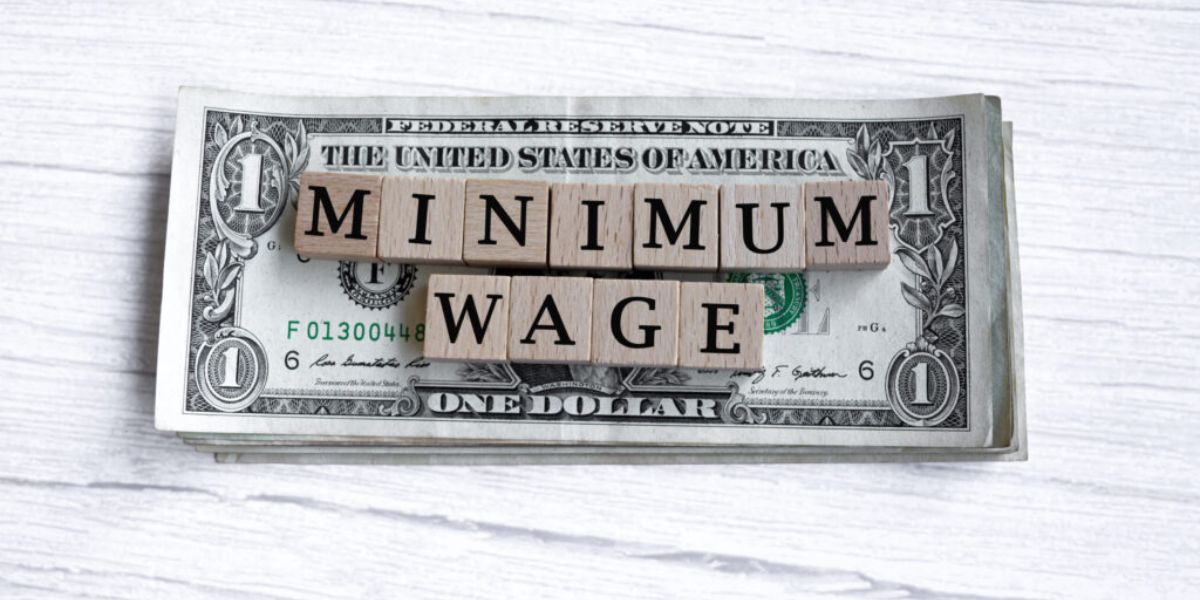MJP –
Nearly 472,000 Chase customers can’t pay for unexpected costs, even with a credit card, according to a new report.
How many Americans can afford to pay for unforeseen costs? That is the question posed in a recent study by JPMorgan Chase.
A survey of 5.9 million Chase bank customers found that even when using credit, 8% of those customers couldn’t cover a $400 unexpected bill.
Out of the 5.9 million, this amounts to 472,000 households in total.

The research shows that many families have a hard time dealing with little, unexpected costs like medical bills or vehicle maintenance.
This demonstrates how vulnerable people’s financial situations are, even when they use large banks.
According to JPMorgan’s data, 67% of households have enough savings to pay for an unexpected $400 bill, and another 20% can do it with a mix of savings and discretionary income.
“Many households are still unable to cover such an expense,” the bank noted in its research. This includes 63% of the lowest-earning households and even 3% of the highest-earning households.
SEE MORE –
High-Track! Massive Data Leak Puts Millions of Americans’ Banking Information at Risk
According to the research, just 25% of low-income households can afford a sudden $1,600 expense with their cash or disposable income. However, 12% of these households may afford the expense with short-term loans.
From 2021 to 2023, JPMorgan has collected sample data.
The ratios have been steady since the beginning of 2022, according to the bank, even though interest rates and inflation have been somewhat high.
Even when looking at greater $1,600 expense shocks, we see the same pattern: over our sample period, the ability to handle these larger expenses has remained stable, even if fewer households can do so.
Nevertheless, things could turn around when interest rates, inflation, and the dynamics of the labor market keep changing.
Active checking accounts with five or more non-transfer transactions per month and a yearly take-home income of twelve thousand dollars or more were used to identify 5.9 million households for the bank’s sample.




